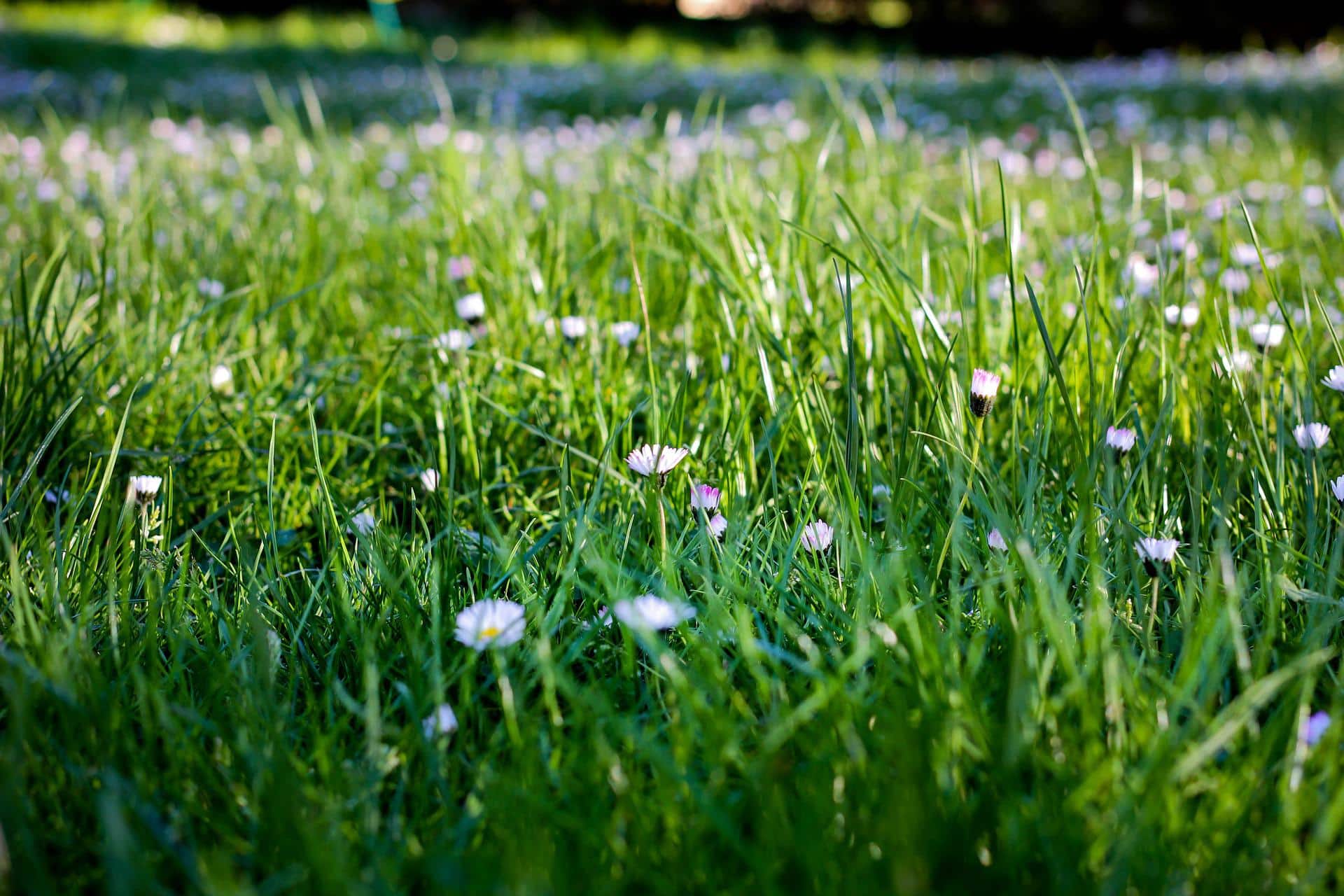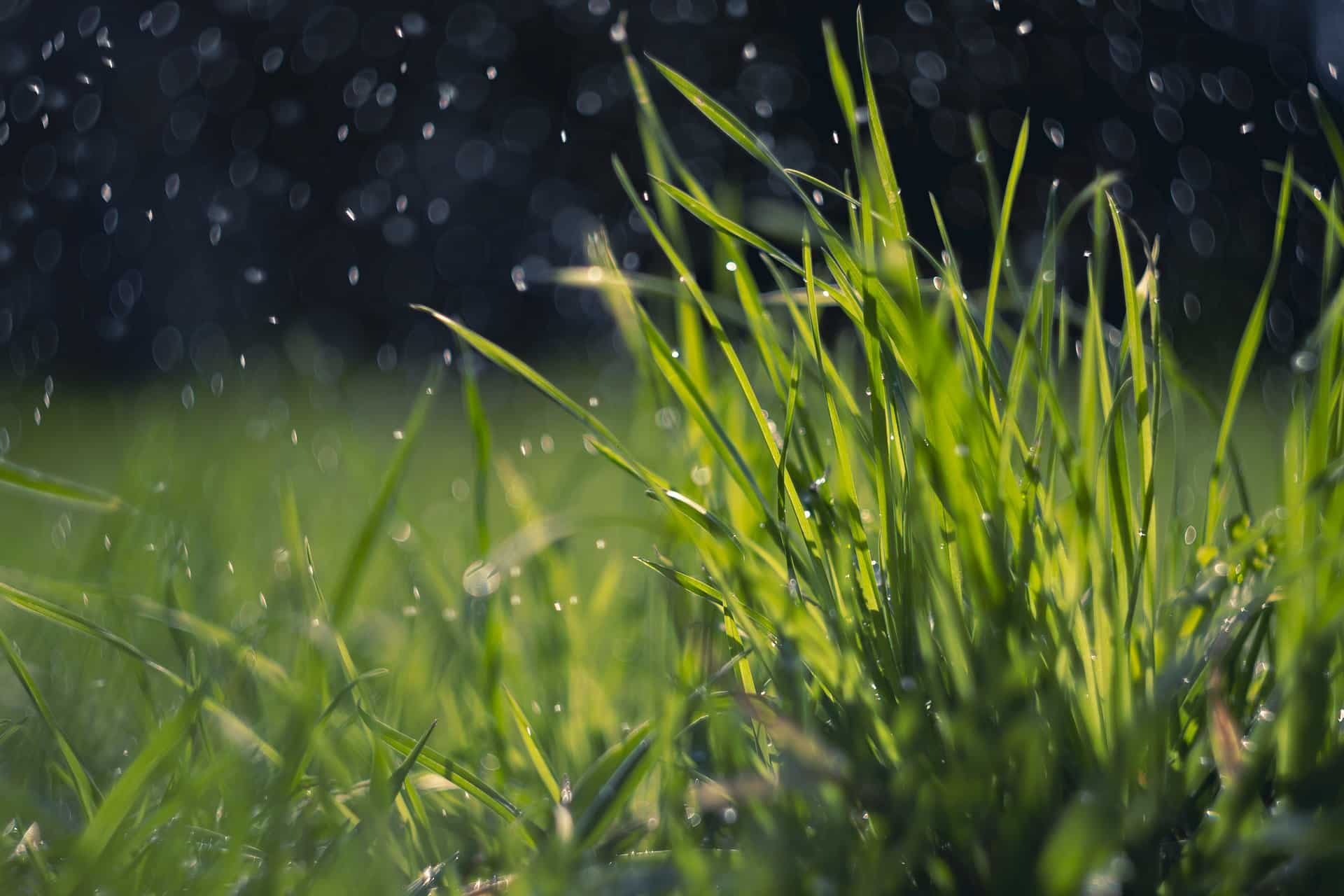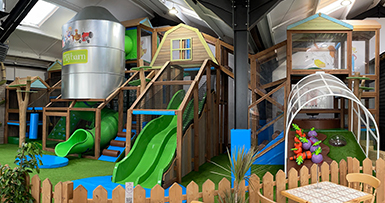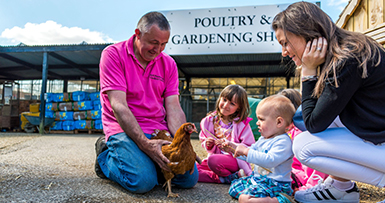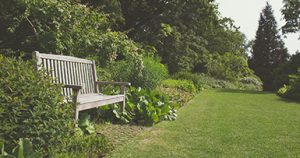Autumn Lawn Care
Over the summer months, your lawn can get worn and compacted (especially if you have pets or children who use it) and full of weeds. Autumn is the time to give your lawn a health check and treat it as appropriate. At this time of year, the treatments you apply will have a chance to take effect before temperatures drop and growth stops.
Follow our guide to autumn lawn care and you’ll have a lawn worthy of a football pitch next summer!
(If it’s been a particularly hot summer, or there’s been a hosepipe ban, wait for some rain and signs that the grass is growing again before carrying out these treatments.)
1. Mow!
Give the lawn a mow on a setting that is a little lower than your normal cut as this will make the following steps easier.
2. Tackle any moss and weeds
Moss patches are often found under trees or hedges. Treat by spreading a weed and moss killer which should kill it and turn it black within a couple of weeks.
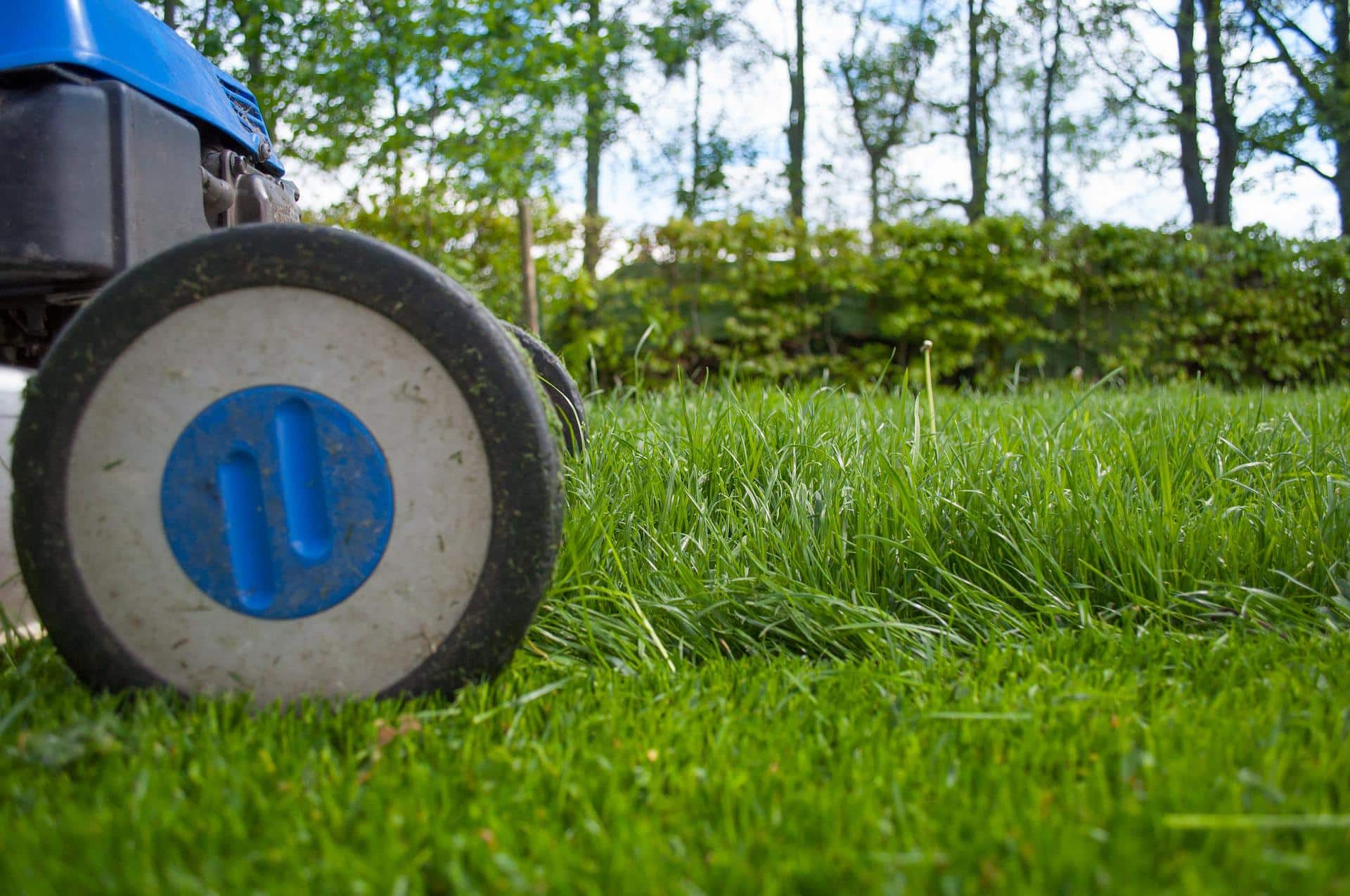
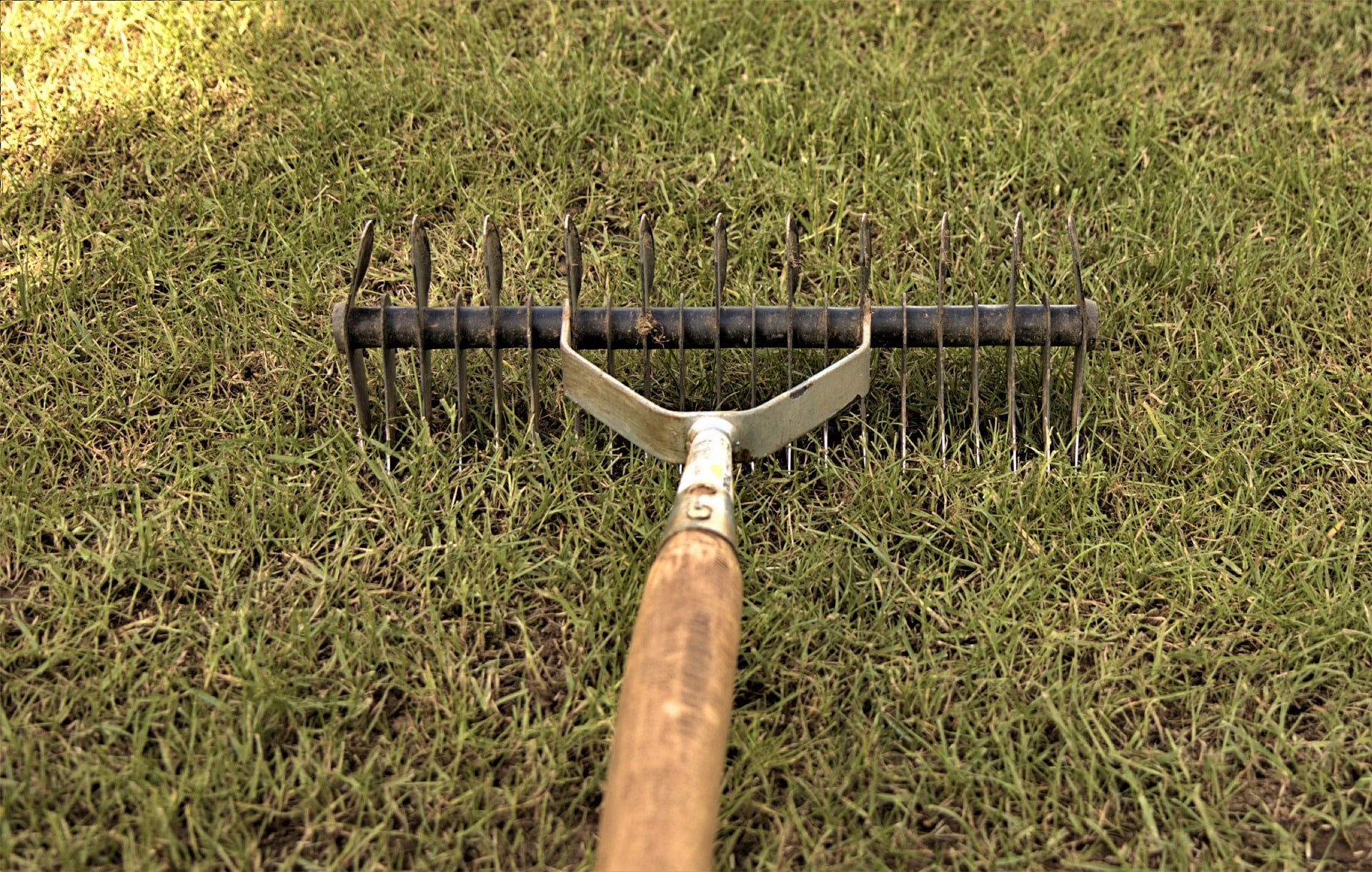
3. Scarify
Using a spring-tined rake, vigorously (but carefully) rake the surface of your lawn. This will help to remove any thatch (dead moss, old grass stems and other debris) which can encourage weeds and prevent water and fertiliser from getting down to the roots of the grass.
4. Aerate
Aerating, or spiking, your lawn allows for air, nutrients and water to penetrate down to the grass roots. It also helps to prevent waterlogging or drought. Areas of heavy traffic will need the most work as they become compacted.
Using a garden fork, push it in to the ground as far as you can and wiggle it backwards and forwards.
Repeat this every 10cm across the lawn. If your lawn is particularly clay-based or waterlogged, look at using a hollow-tine aerator every three to four years which removes plugs of soil rather than just making holes.
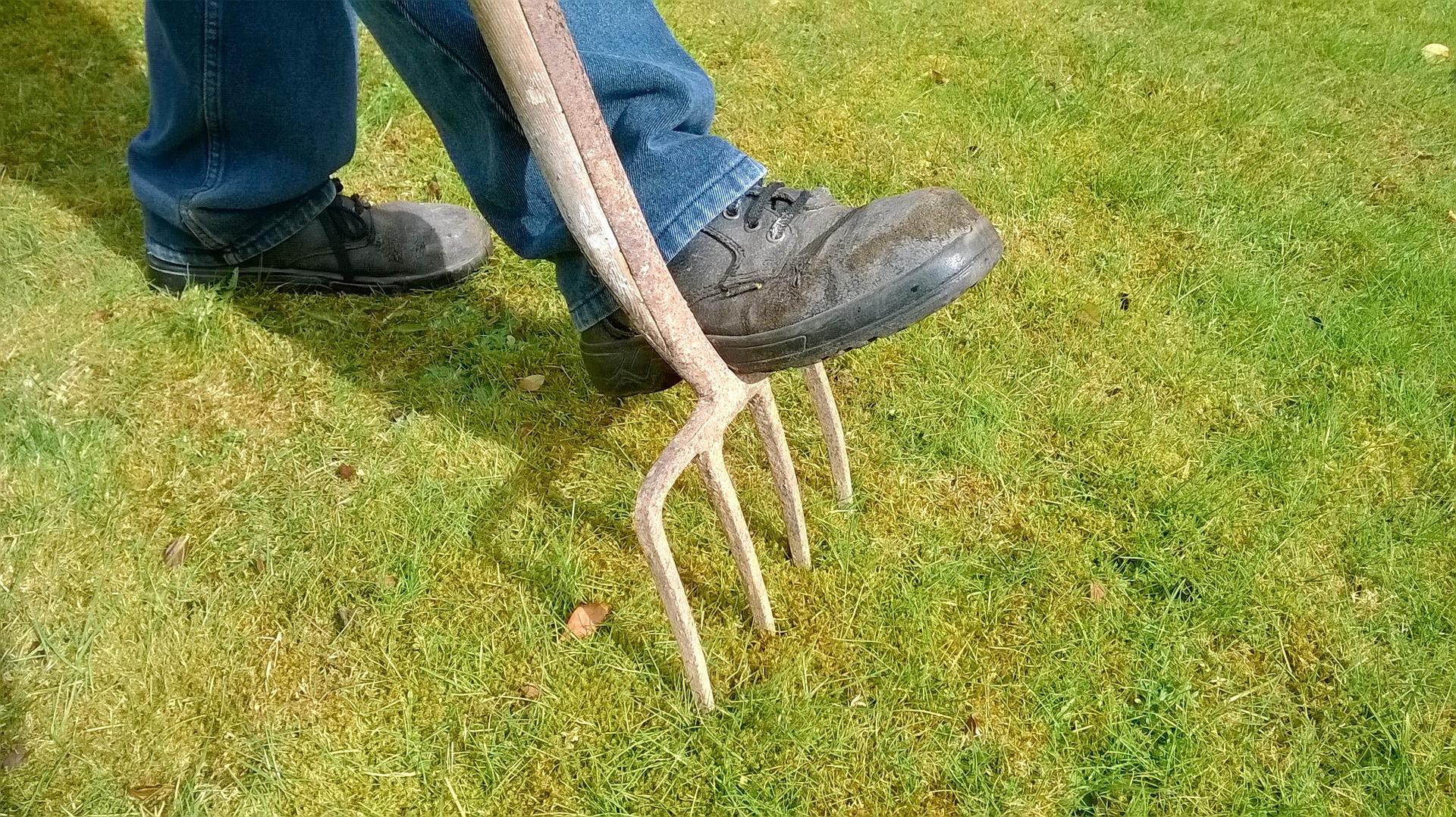
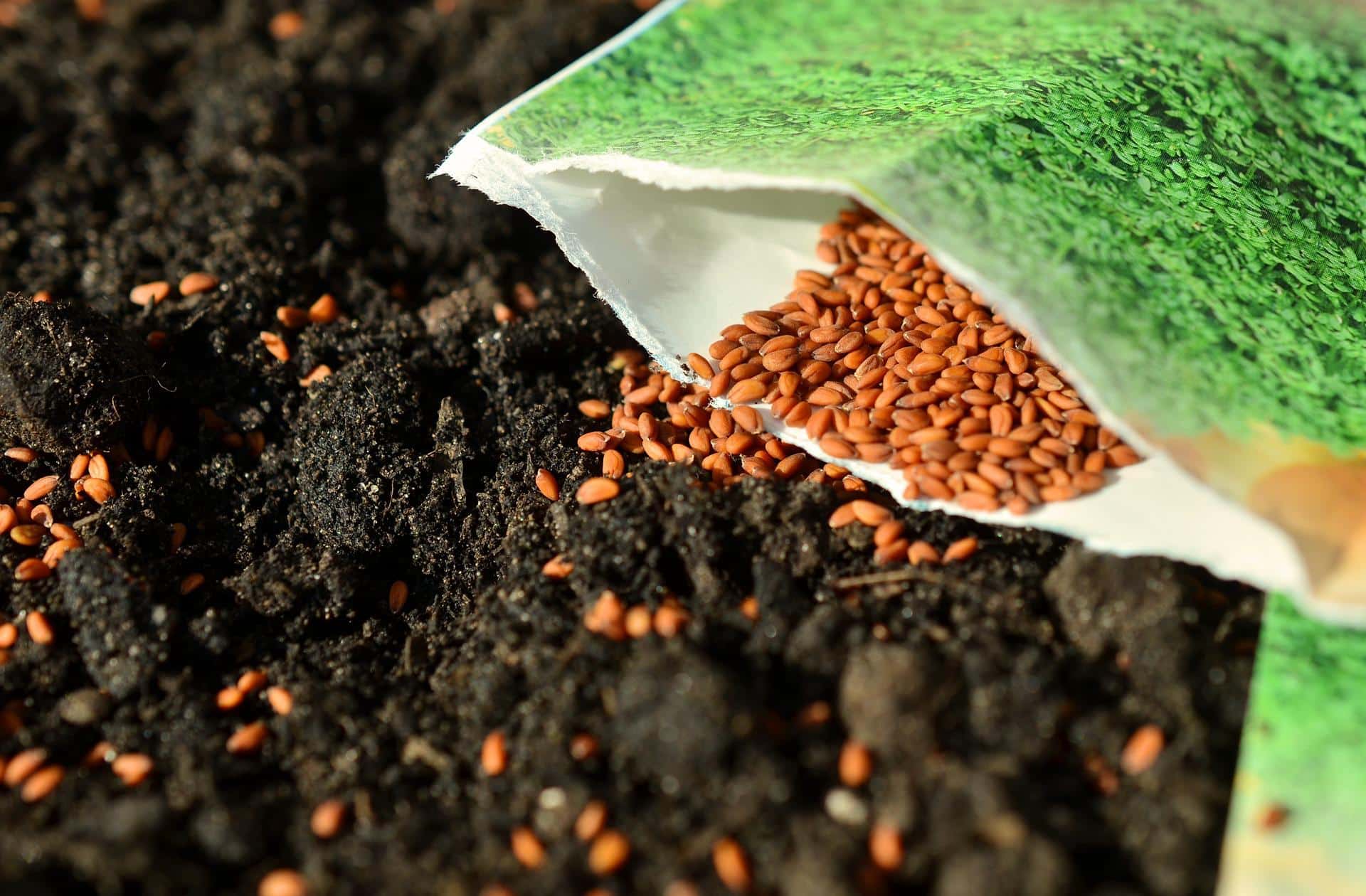
5. Oversow
If your lawn is looking bare in patches, sow grass seed to fill in the gaps. If you do carry out this step, do not mow for 2-3 weeks. If the weather is dry, you will need to water your lawn until the new growth is established.
6. Top Dress
Once you have aerated the whole lawn, and spread grass seed where necessary, brush a special top dressing across the surface of the lawn so it fills the holes. Top dressing helps to improve the structure of the soil, encourages strong root growth and helps support a healthy lawn.
7. Feed
Use a feed to give your lawn a pep up. A special autumn fertiliser is essential as this will be high in phosphates and potash which will help strong roots and healthy leaves. A spring fertiliser contains high levels of nitrogen which will encourage weak leaf growth, making it vulnerable to disease and frost damage
8. Aftercare
Don’t walk on your lawn once you’ve treated it!
If the weather is dry, stay on top of raking up autumn leaves to ensure air is getting to it.
